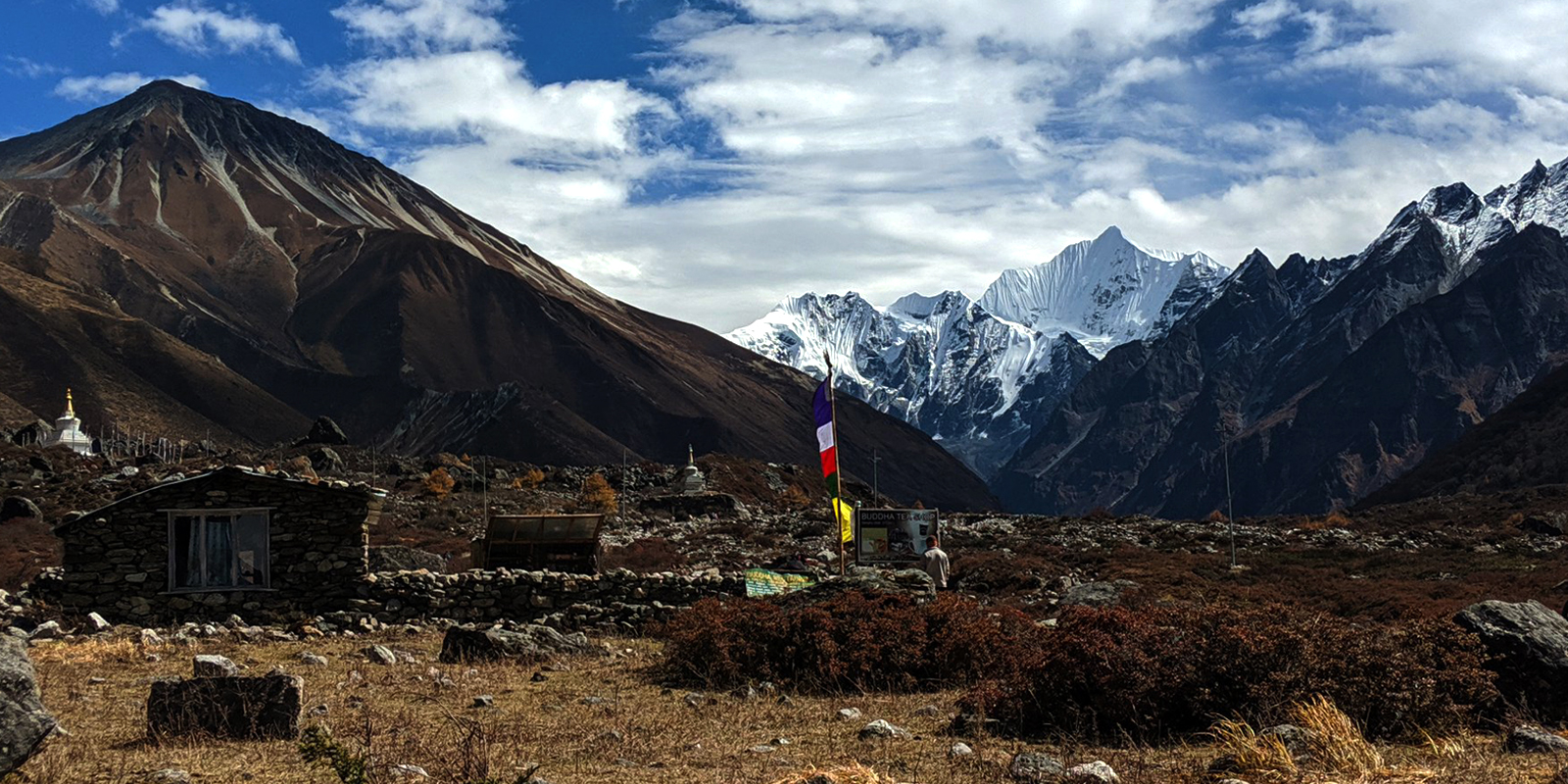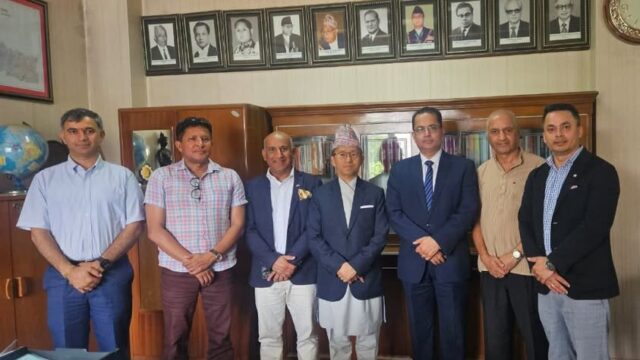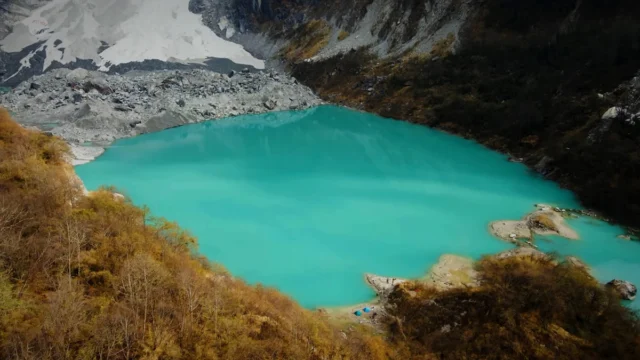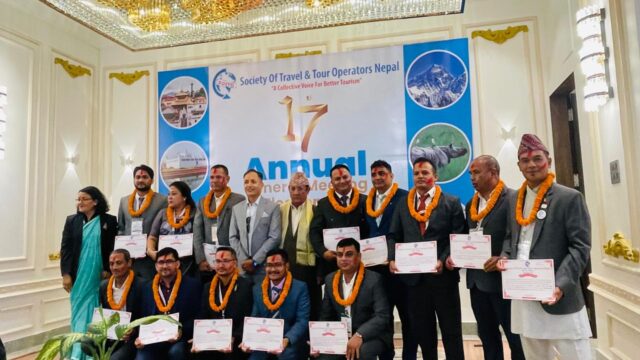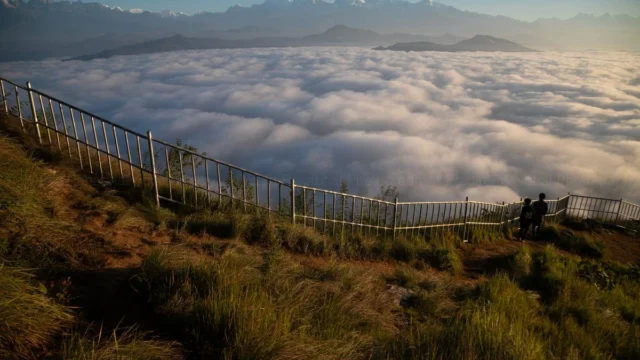Langtang National Park, located in the northern region of Nepal, stands as one of the most enchanting destinations for adventure tourism in the Himalayas. Established in 1976, this protected area is renowned for its stunning landscapes, rich biodiversity, and unique cultural heritage. Spanning over 1,710 square kilometers, the park offers a diverse range of experiences for trekkers, nature enthusiasts, and cultural explorers alike.
Langtang National Park is celebrated for its breathtaking scenery, including lush forests, alpine meadows, and majestic snow-capped peaks. The Langtang Valley, often referred to as the “Valley of Glaciers,” is a highlight for trekkers. The Langtang Trek is a popular route that takes adventurers through traditional Tamang villages, past cascading waterfalls, and up to the high-altitude lakes of Kyanjin Gompa. The trek offers a unique opportunity to witness the harmony between the natural environment and local cultures.
The park is also home to the Langtang Lirung Peak, which rises to 7,227 meters and provides a striking backdrop to the region. For those seeking a more challenging trek, the Langtang-Gosaikunda Circuit combines the Langtang Valley with a visit to the sacred Gosaikunda Lakes, revered by both Hindus and Buddhists.
Langtang National Park is a haven for wildlife enthusiasts. The park’s diverse ecosystems support a variety of flora and fauna, including the endangered red panda, the elusive snow leopard, and the Himalayan tahr. Birdwatchers can spot species such as the Himalayan monal and the bearded vulture. The park’s rich biodiversity makes it a vital area for conservation efforts and scientific research.
The park’s vegetation ranges from subtropical forests at lower elevations to temperate and alpine forests at higher altitudes. This variation in vegetation supports a wide range of plant species, including rare medicinal herbs and vibrant rhododendron forests that bloom in spring.
The Langtang region is inhabited by the Tamang people, an ethnic group with a rich cultural heritage. Visitors to Langtang National Park have the chance to experience traditional Tamang hospitality, cuisine, and customs. The local communities play a crucial role in the park’s conservation efforts and tourism industry, offering guided treks, homestays, and local handicrafts.
Key cultural sites include the Kyanjin Gompa, a Buddhist monastery that serves as a spiritual center for both locals and visitors. The monastery provides insights into the Buddhist practices and traditional architecture of the region.
In recent years, Langtang National Park has seen a rise in tourism, with infrastructure improvements enhancing the visitor experience. The park is accessible from Kathmandu, with a scenic drive to the town of Syabrubesi followed by a trek to the park entrance. Various trekking agencies offer organized packages that include permits, guides, and accommodations.
The park’s facilities include guesthouses and teahouses along popular trekking routes, providing basic amenities for trekkers. However, it is advisable to be prepared for varying conditions and to respect the local environment by following sustainable tourism practices.
Langtang National Park offers an unparalleled blend of natural beauty, adventure, and cultural richness. It is an ideal destination for those seeking an off-the-beaten-path experience in Nepal’s Himalayas. Whether you are drawn by the allure of majestic landscapes, the excitement of trekking, or the opportunity to immerse yourself in local culture, Langtang National Park promises a memorable adventure.
